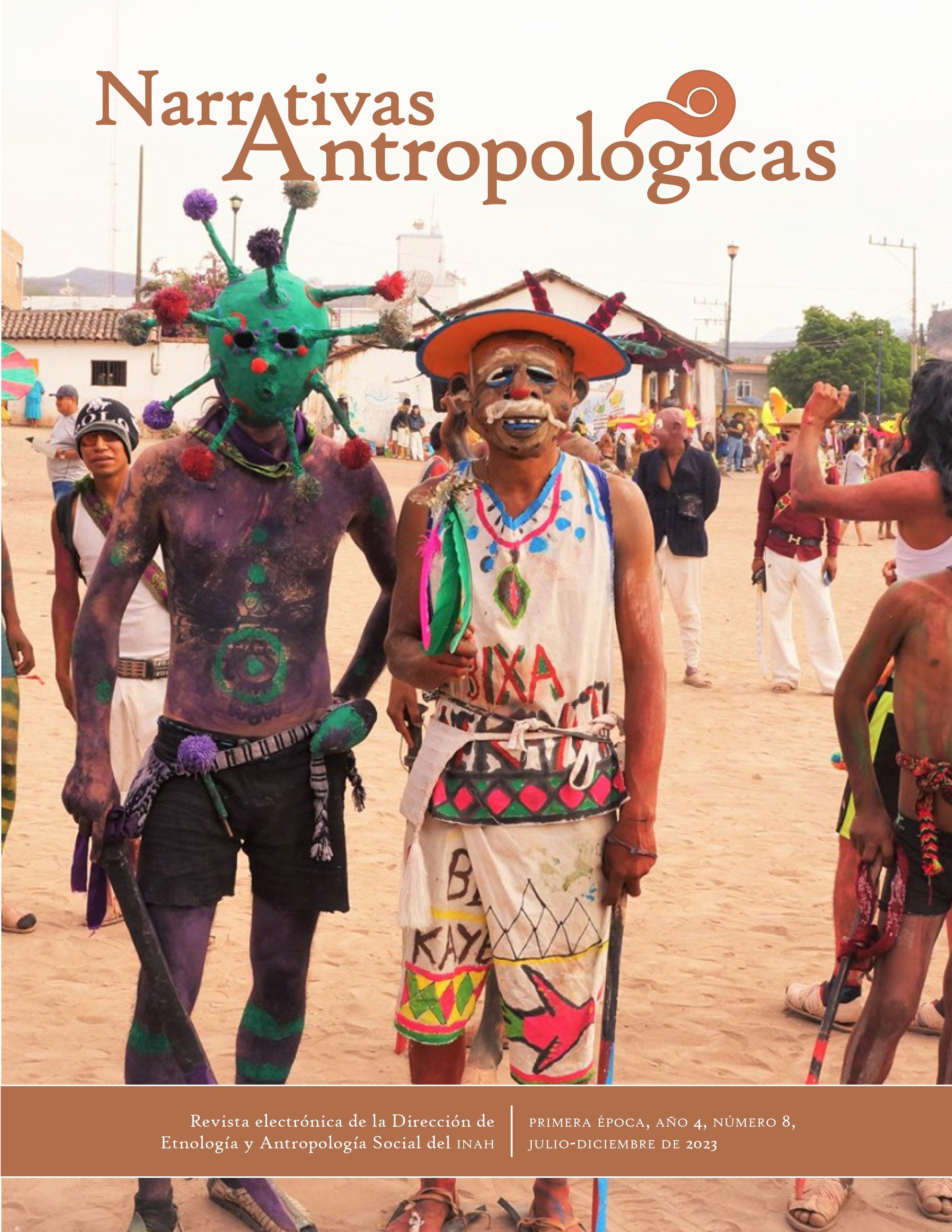El cine documental como artefacto de la memoria: una reflexión desde el documental Del fusil al azadón
Palabras clave:
audiovisual, medio, narrativa, reconstrucción, representación.Resumen
En este artículo se aborda el documental desde una de las tantas perspectivas bajo las que ha sido concebido y dotado de funcionalidad. Aquí se reflexiona alrededor del documental como recurso y artefacto de la memoria, el cual, mediante el registro y la yuxtaposición de imágenes y sonido, construye una narrativa que da cuenta de sucesos pasados o trascendentes que emergen de contextos socioculturales diversos con el fin de evocar y resguardar historias para reproducirlas y no ser olvidadas, las cuales se contienen en el audiovisual mismo, y, por otro lado, pensar el documental como relato vivo que busca generar conocimiento, crítica, reflexión o impacto en determinado lugar. Para entender la finalidad del documental como artefacto de la memoria y medio para reconstruir historias, posiciones y afirmaciones acerca del mundo, posibles en tal caso a través del audiovisual, este artículo parte de la reflexión sobre el documental Del fusil al azadón, el cual estuvo bajo mi dirección en años recientes.
Descargas
Citas
Aprea, Gustavo, “Documental, historia y memoria: un estado de la cuestión”, en Filmar la memoria. Los documentales audiovisuales y la reconstrucción del pasado, ed. de Juan Pablo Cremonte et al. (Buenos Aires: Universidad Nacional de General Sarmiento, 2012).
Bruzzi, Stella, New documentary: a critial introduction (Londres: Roudtlege, 2000).
Candau, Joël, Antropología de la Memoria (Tucumán: Ediciones Nueva Visión SAIC, (2002) [1996])
Florescano, Enrique, “De la memoria del poder a la historia como explicación”, en Historia para qué, ed. de Carlos Pereyra et al. 17a. ed. (México: Siglo XXI Editores, 1989).
Halbwachs, Maurice, La memoria colectiva (Zaragoza: Prensas Universitarias De Zaragoza, (2004) [1925].).
Halbwachs, Maurice, Los marcos sociales de la memoria (Barcelona: Anthropos —Autores, Textos y Temas Ciencias Sociales, 39—, 1994).
Jelin, Elizabeth, Exclusión, memorias y luchas políticas (Buenos Aires: Clacso, 2001), 91-110.
Jelin, Elizabeth, Los trabajos de la memoria (Madrid: Siglo XXI, 2000).
MacDougall, David, “¿De quién es la historia?”, en Imagen y Cultura. Perspectivas del cine etnográfico. E. Ardévol y L. Pérez. (Granada: Diputación Provincial de Granada, 1995), 401-422.
Mendoza, Jorge, Sobre memoria colectiva. Marcos sociales, artefactos e historia (México: Universidad Pedagógica Nacional, 2015).
Nichols, Bill, “Modalidades documentales de representación”, en La representación de la realidad. Cuestiones y conceptos sobre el documental (Barcelona:
Paidós, 1997), 65-114.
Rabiger, Michael, Dirección de documentales. 3a. ed. (Madrid: Instituto Oficial de Radio y Televisión, 2005).
Tovar, Alfonso, y Liliana Ovalle. “El cine documental. Materia y sustento de las memorias subalternas”, Anuario ININCO, vol. 26, núm. 1 (2014): 279-311.
Valencia, Aurelio: “Relatos (audio)visuales: Construcción de memorias sobre el conflicto armado y la reinserción a la vida civil en la comunidad Nuevo Horizonte, Petén, Guatemala” (tesis de maestría, Facultad Latinoamericana de Ciencias Sociales, 2017).
Worth, Sol, “Margaret Mead and the Shift from ‘Visual Anthropology’ to the ‘Anthropology of Visual Communication’”, Studies in Visual Communication, vol. 6, núm. 1 (1980): 15-22.






